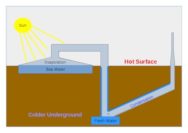
The End We Start From – New Movie Starring Jodie Comer
A new movie starring Jodie Comer explores what could happen if a flood takes the UK off-grid.
Directed by rising star Mahalia Bello the film is set in a world that sees London submerged by flood waters. Comer play a mum who tries to find her way home with her newborn child after she’s separated from her family.
The disaster movie almost happened in real life last year, when Storm Henck hit the UK. Its intense rainfall had nowhere to go except to pour into rivers, which burst their banks spectacularly across the country. More than 1,000 homes in England were flooded and some villages totally cut off, with Nottinghamshire, Shropshire, Gloucestershire and Wiltshire worst affected.
This interpretation is supported by figures from the UK Centre for Ecology and Hydrology, which last week revealed that the period between July and December in 2023 was the wettest on record for the UK. As to the reason, there is a simple explanation.
“Climate change is warming the atmosphere,” said Linda Speight of Oxford University. “A warmer atmosphere can hold more moisture so that when it rains, the rainfall is heavier and more likely to lead to flooding. In particular, we know that climate change is leading to warmer and wetter winters in the UK. We will unfortunately experience more winters like this one in the future.”
The film focuses on the love of a mother for her baby, the love between her and her partner, the love between friends and the love of community. “That’s what keeps people going and gives them strength,” said Megan Hunter, auuthr of the 2017 novel on which the film is based.
At the same time, she hopes that The End We Start From will help to raise awareness about the need to act urgently on the climate emergency facing our planet, or we too will face the end of life as we know it.
“If it becomes one of the most important things in the world to all of us, we’ll be able to make the changes we need to,” she says. “We’ve driven things this far with overconsumption, fossil fuels, capitalism: we’ve reached this point of total crisis. But this is where we are. And we need to start from here, from this end point we’ve reached, and create a new future.”
https://off-grid.net/register-renewable-cooperative
London and other cities across the UK are underprepared for the “disastrous consequences” of climate change, with issues including severe flooding and extreme heat posing a “lethal risk” to vulnerable communities, according to a new report. The London Climate Resilience Review, commissioned by mayor of London Sadiq Khan and chaired by Emma Howard Boyd, the former chair of the Environment Agency, issued a series of “urgent recommendations”, including that Whitehall should give councils more funding and powers to adapt to global warming.
The End We Start From goes on general release …
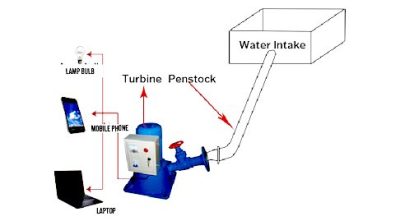




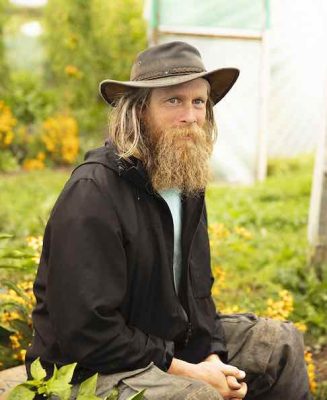

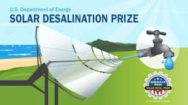
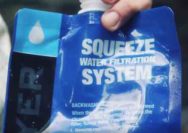
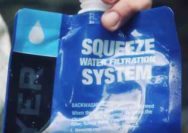 By Richard Douglas
By Richard Douglas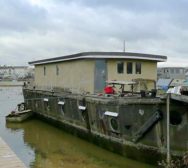
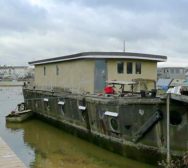 WHATis it really like living on a canal boat or on the river? So many of us have wondered if it would be a way of avoiding a huge rent bill and staying closer to nature, while holding down a job in the city. The one pictured is a concrete-hulled structure near Shoreham. There is a busy chat going on in The Guardian newspaper.
WHATis it really like living on a canal boat or on the river? So many of us have wondered if it would be a way of avoiding a huge rent bill and staying closer to nature, while holding down a job in the city. The one pictured is a concrete-hulled structure near Shoreham. There is a busy chat going on in The Guardian newspaper.